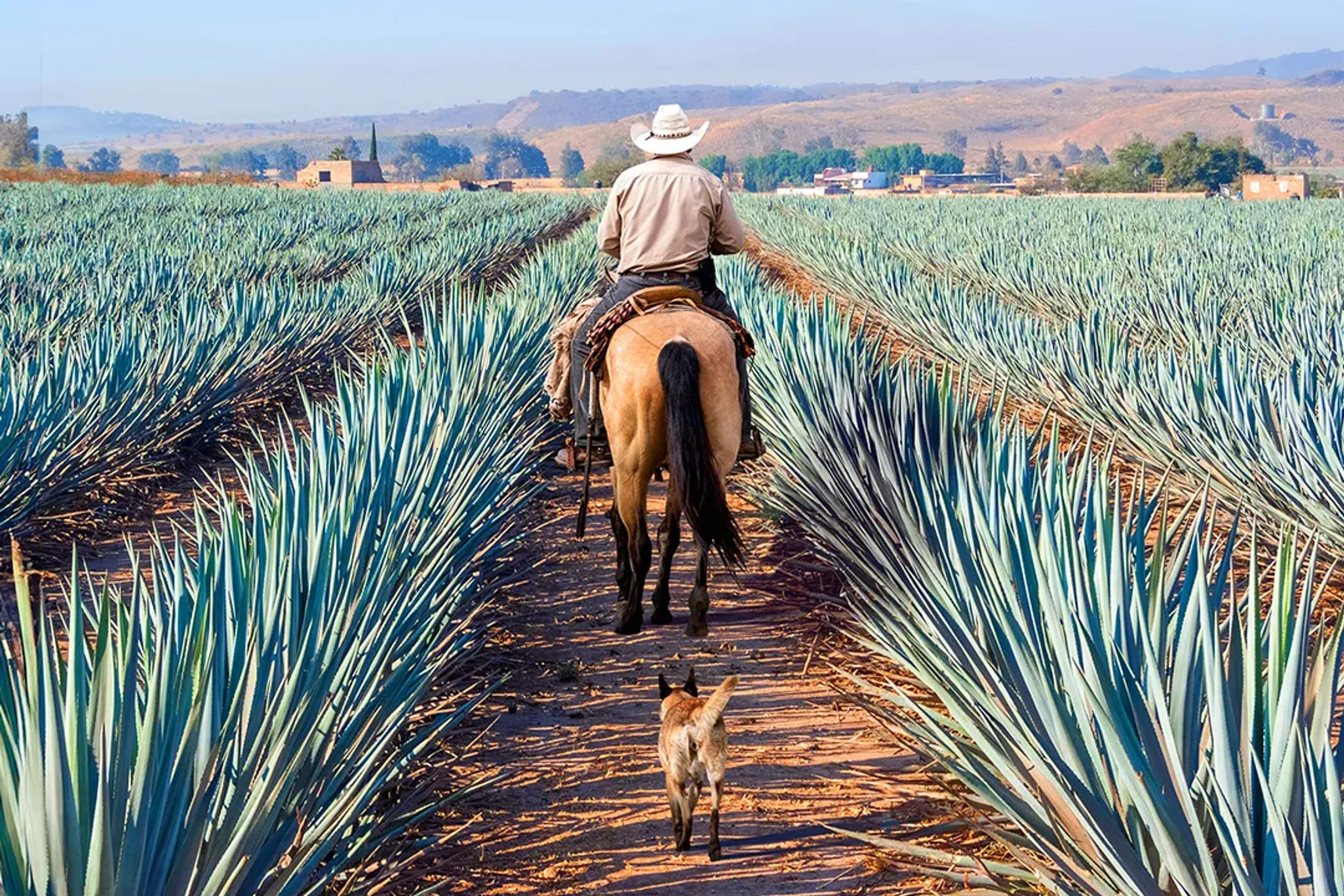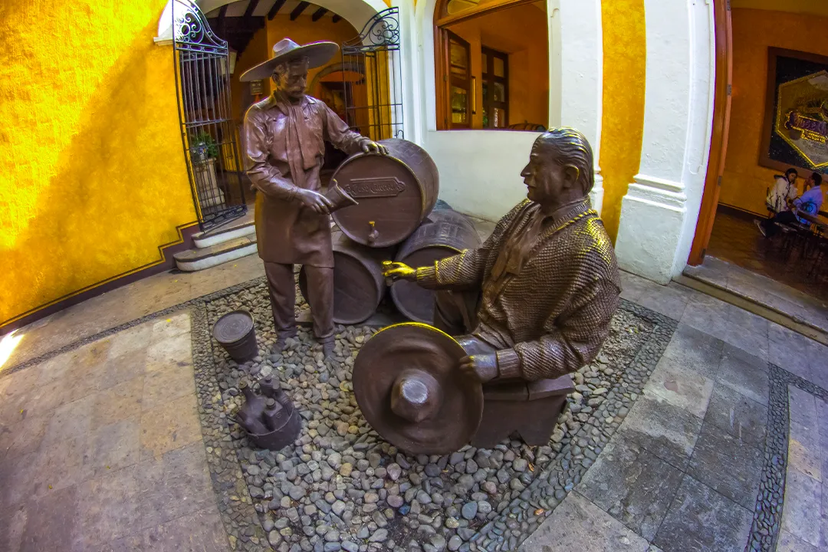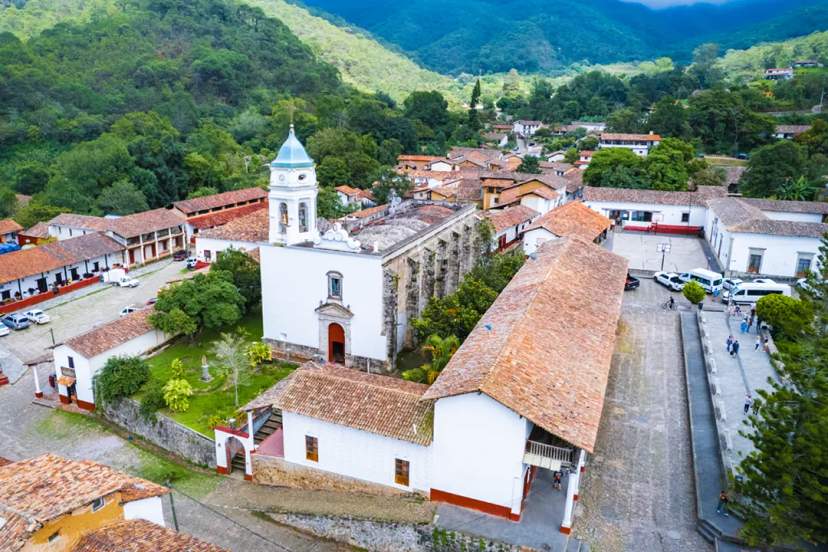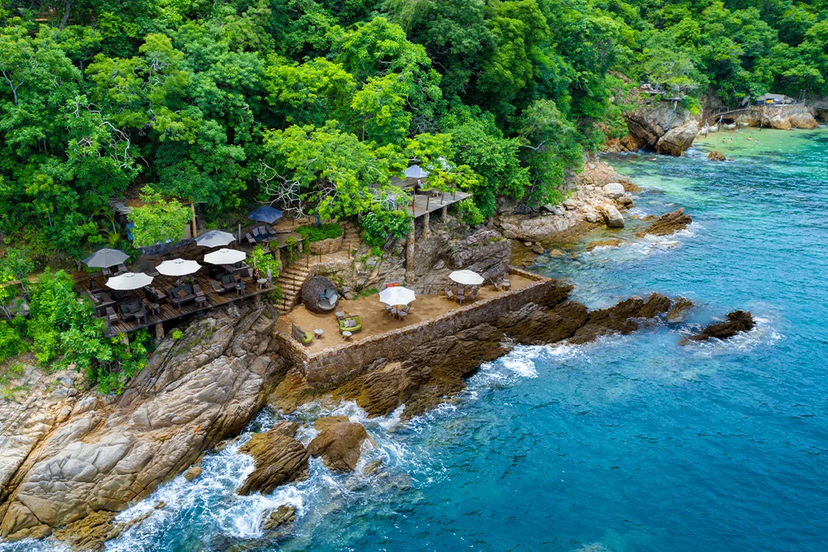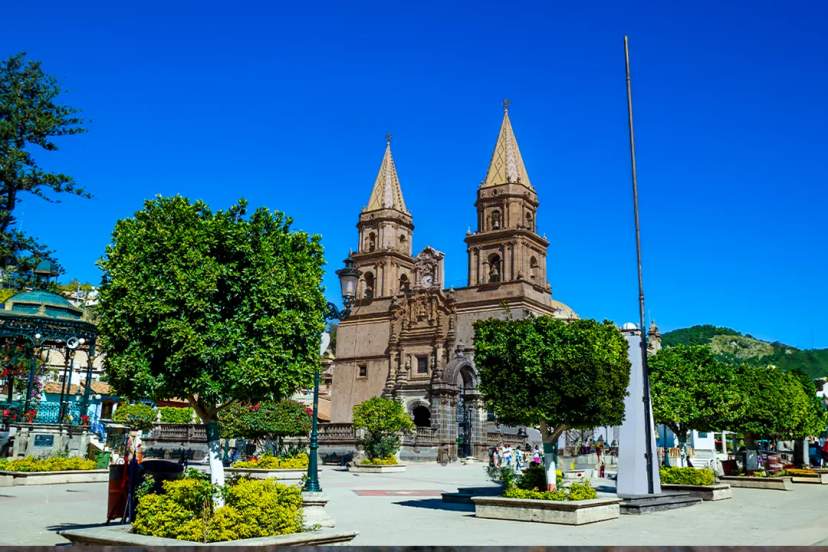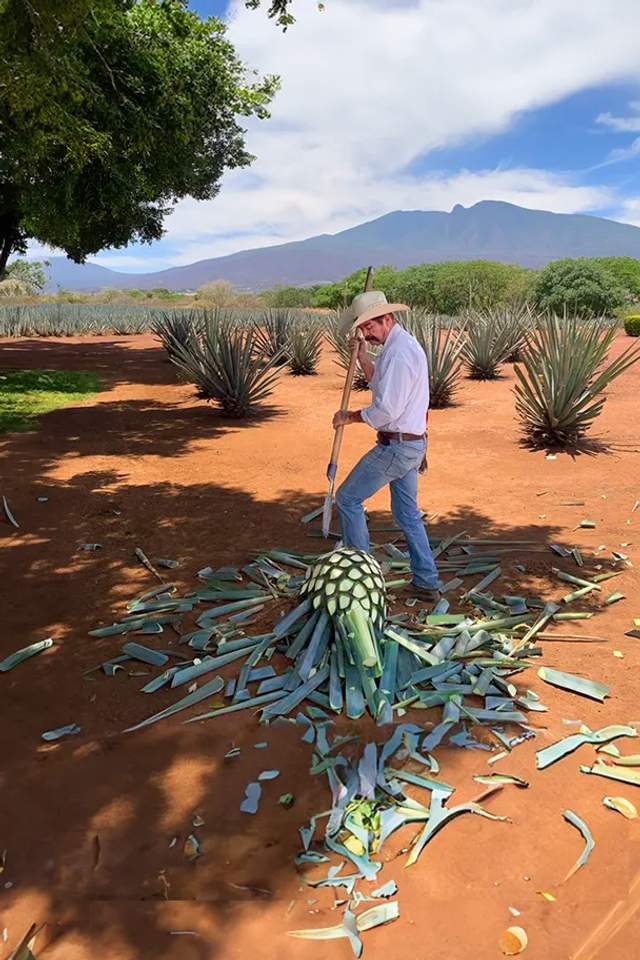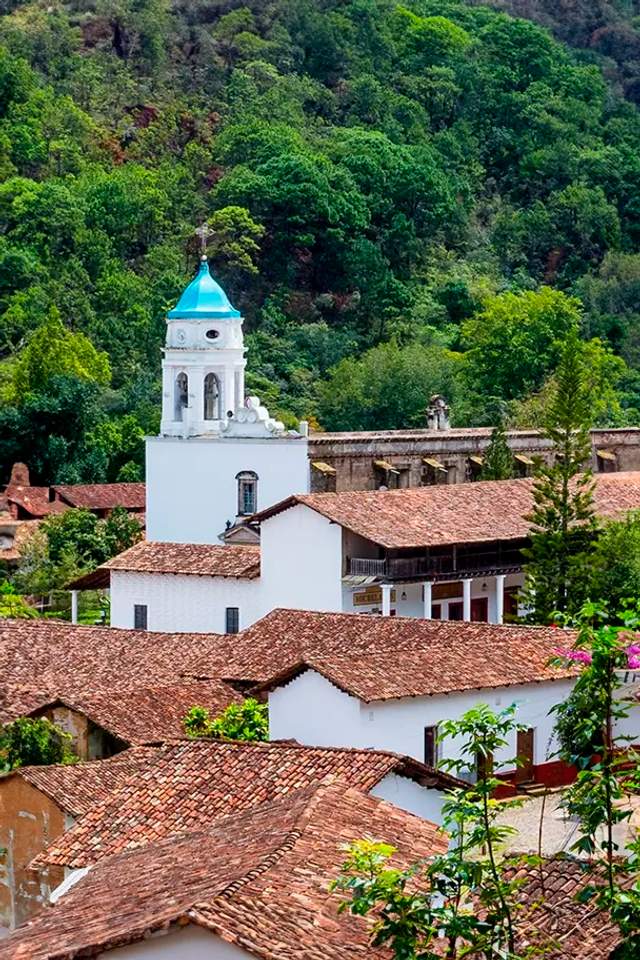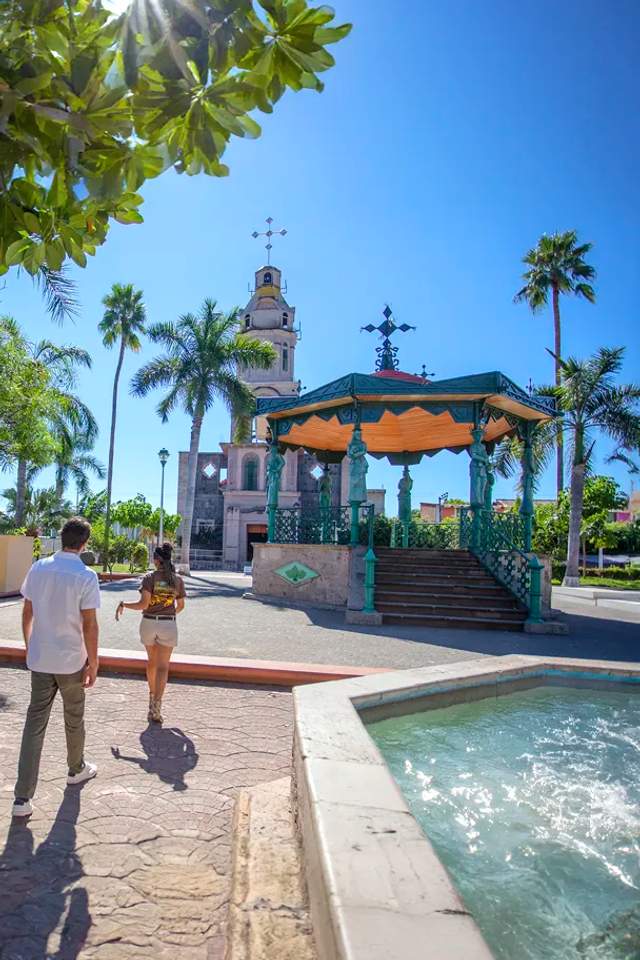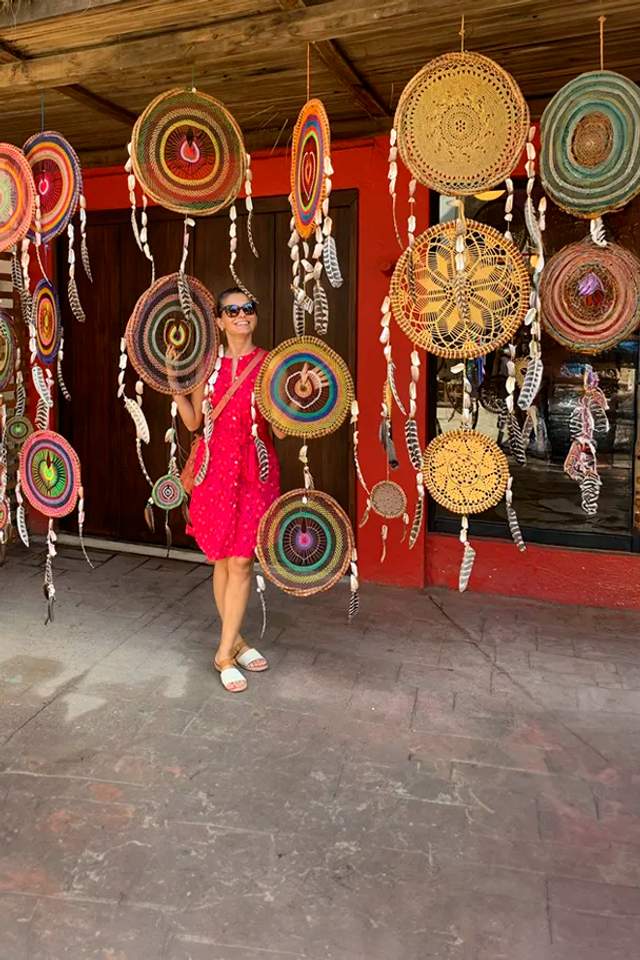Mexico’s agave spirits are enjoying a well-deserved spotlight, and two of the most iconic are tequila and mezcal. Just outside Puerto Vallarta, the volcanic highlands of Jalisco are home to endless fields of blue agave — the sole plant used to make tequila. Meanwhile, bars and tasting rooms throughout town bring in small-batch mezcals from Oaxaca, Guerrero, and other regions where the spirit is crafted using centuries-old methods.
While tequila comes only from blue agave, mezcal can be made from more than 30 different varieties, creating a flavor spectrum that ranges from bright and citrusy to smoky and earthy. Learning these distinctions adds depth to every sip, turning a simple drink into an experience that connects you with Mexico’s history, landscape, and traditions.
Tasting the Differences: Mezcal vs Tequila
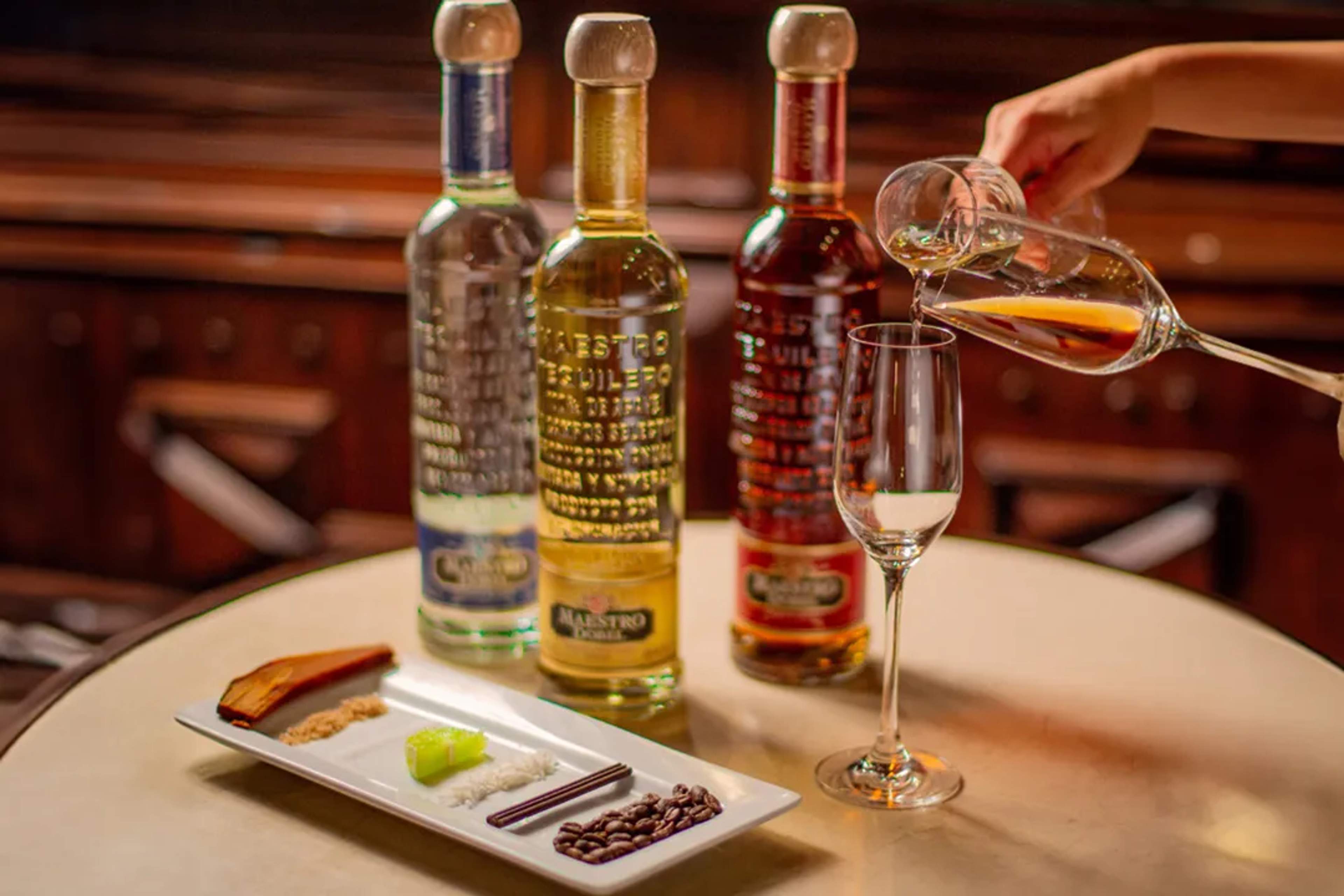
One sip tells you everything. These two spirits come from the same plant family but taste completely different. Tequila must be made from Blue Weber agave grown in five Mexican states, while mezcal draws from more than 30 agave species. Most mezcal comes from Oaxaca's rugged hillsides, using varieties like Espadín, Tobalá, and Tepeztate.
The real difference happens during production. Tequila piñas get steamed in modern ovens, creating clean, consistent flavors. Mezcal hearts slow-roast for days in underground stone pits, soaking up wood smoke and earth.
Tequila's controlled process keeps flavors crisp and predictable. Mezcal's loose rules and artisanal methods create a wild variety. One batch might taste like tropical fruit, the next like green herbs and campfire smoke.
Here's what confuses people: all tequilas are technically mezcals, but not all mezcals are tequila.
Agave Origins & Species
The ingredient list tells the whole story. Tequila gets strict about its source—Blue Weber agave only, a cultivar valued for its consistent sugars and flavor. This keeps tequila flavors predictable: sweet cooked agave, citrus, and light pepper notes you can count on.
Mezcal opens up the possibilities. Over 30 different agave species work for production, and each one brings something different to the glass. Espadín handles most of the heavy lifting at around 90 percent of production, but wild agaves like Tobalá, Arroqueño, and Tepeztate show up in smaller batches.
These wild varieties can taste fruity, floral, herbal, or mineral, depending on the plant and where it grew. That's why no two mezcal tastings feel quite the same. Time makes a difference too—Blue Weber matures in six to eight years, while many wild agaves stay rooted for 15 or even 25 years. All that time underground lets them absorb minerals and concentrate sugars that become richer, more complex spirits.
Ask about the agave species when you order mezcal. Knowing whether you're drinking Espadín or a slow-growing Tepeztate helps you understand what's in your glass, just like knowing the grape variety guides a wine tasting.
From Oven to Pit: Production Methods
Before you even raise a glass, the path from raw agave to finished spirit shapes what you taste. These production differences explain why tequila leans clean and consistent while mezcal delivers bold complexity.
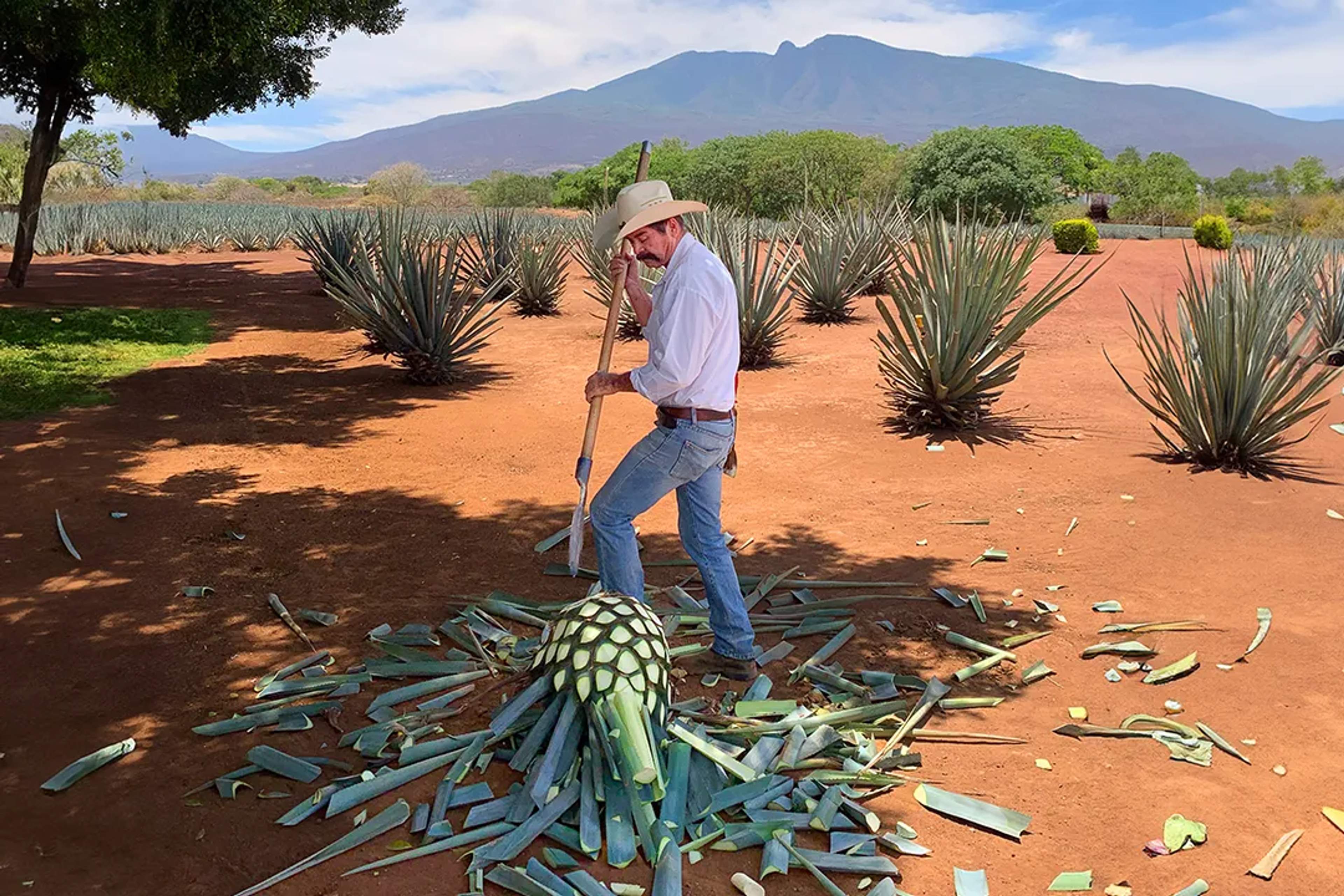
Tequila: Modern Precision
Blue Weber agave gets baked in brick steam ovens or high-pressure autoclaves. The gentle oven roast can take days, while autoclaves finish a load in hours, preserving bright agave sweetness without smoke. Cooked piñas pass through mechanical roller mills that squeeze out sugary juice. A few heritage brands still use a stone tahona, but efficiency rules most distilleries.
Fermentation happens in closed stainless tanks with cultivated yeast. Double distillation in copper or steel stills removes wild esters and leaves a crisp, consistent profile that bartenders love. When you pick up a bottle, look for "100 percent agave" on the label to be sure no other sugars dilute the flavor.
Mezcal: Ancient Fire
Mezcal begins where tequila never goes. Jimadores drop piñas into underground, stone-lined pits, cover them with wood and charcoal, and let them slow-cook for days. This pit-roasting process infuses every fiber with deep smoke and earthy flavors.
Once unearthed, the caramelized hearts meet a horse-pulled tahona that crushes fiber and juice together. Fermentation unfolds in open wooden vats, where wild yeasts from the hillside swirl in, adding funky layers you won't find in polished tequila. Small copper or even clay stills finish the job, often yielding only a few hundred bottles per batch.
The result is bold, smoky, and endlessly varied—tequila stays clean and predictable, mezcal delivers complexity that changes with every village fire.
From Raw Spirit to Aged Treasure
When you raise a glass of tequila, the first thing you notice is its clean nose. Steamed Blue Weber agave delivers sweet roasted agave, light citrus, and a pepper finish that stays remarkably consistent across brands thanks to tightly controlled production methods.
Mezcal enters with a smoky edge born from pit-roasted agave and wild fermentation, then surprises with earthy, floral, or mineral layers that shift by agave species. The aromatic complexity alone tells you these spirits follow completely different paths.
Both spirits follow specific aging classifications that shape their character:
Tequila Categories:
- Blanco is bottled straight from the still
- Joven blends Blanco with aged spirit
- Reposado rests two to twelve months in wood
- Añejo waits one to three years
- Extra Añejo matures beyond three years, pulling vanilla and spice from oak
Mezcal Classifications:
- Joven is unaged
- Reposado relaxes up to a year
- Añejo stays at least twelve months
- Madurado en Vidrio rests in glass, preserving delicate aromatics without new oak influence
In Puerto Vallarta, Blanco tequila is paired with fresh grapefruit soda for a crisp paloma, and served vibrant Joven mezcal neat beside citrus wedges and sal de gusano. If you're new to agave spirits, start with a soft Blanco, then graduate to mezcal for deeper complexity once your palate grows curious.
Where Mexico's Agave Spirits Are Born
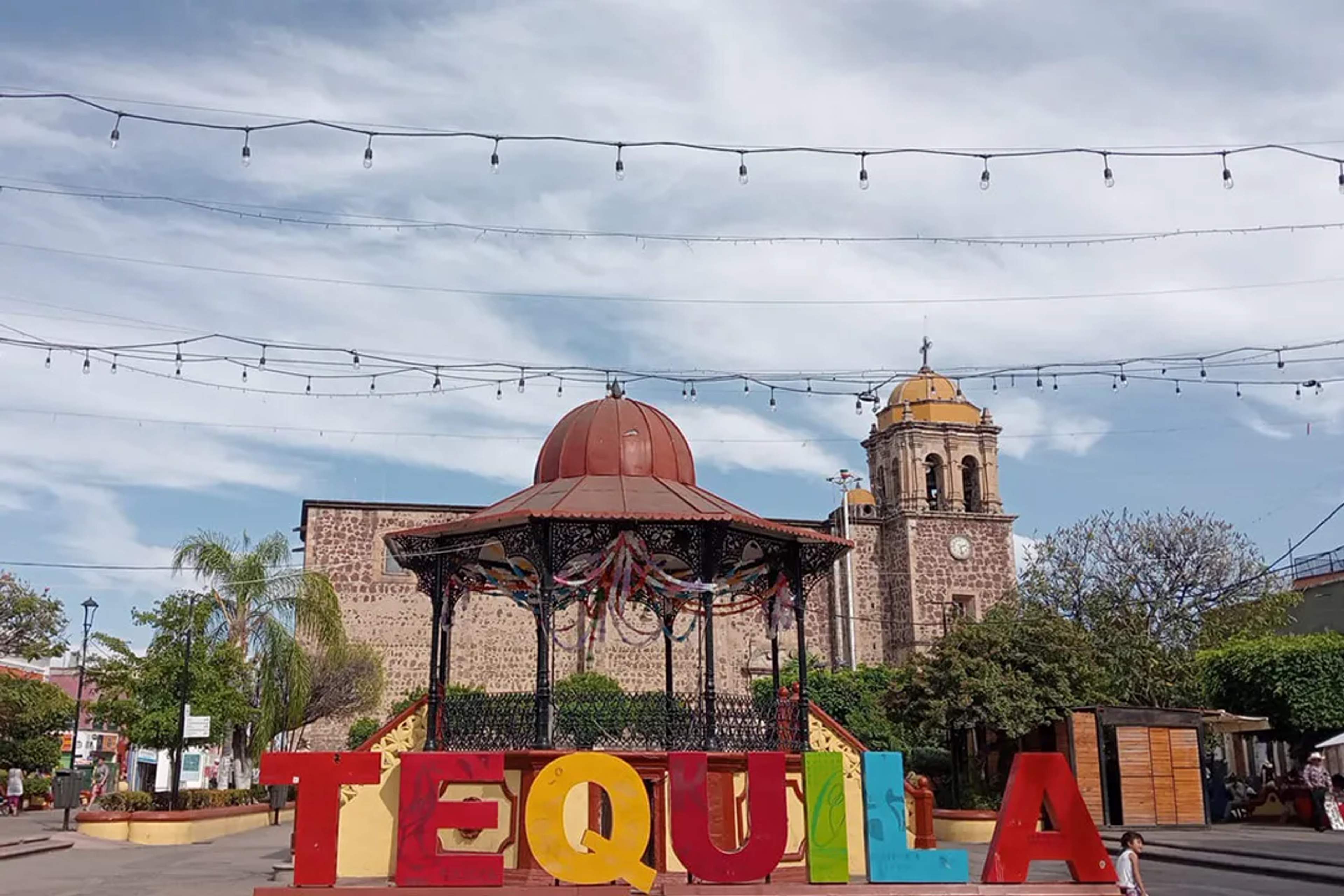
As you leave Puerto Vallarta's shoreline, you're already inside the birthplace of tequila. The Tequila Denomination of Origin, created in 1974, limits production to the entire state of Jalisco and designated municipalities in Michoacán, Guanajuato, Nayarit, and Zacatecas. Almost every pour in town comes from Jalisco's red volcanic Highlands or Valleys just hours inland. Highland agaves shine bright and fruity, while valley plants run earthy and peppery.
The mezcal DO arrived in 1994 and immediately opened a much wider map. It now covers nine states including Oaxaca, Durango, Guerrero, Guanajuato, San Luis Potosí, Zacatecas, Tamaulipas, Michoacán and Puebla. Oaxaca alone supplies most exports, yet a pour from Durango can taste greener and peppery, while one from Puebla might lean floral. This shows how altitude, rainfall and volcanic soils shape every batch.
The geographic reality is clear: tequila offers unbeatable proximity when you're based in Puerto Vallarta, while mezcal delivers unrivaled regional diversity from across Mexico.
How These Spirits Shaped Mexican Heritage
Raise a glass of either spirit in Puerto Vallarta, and you taste two completely different production philosophies. Most mezcaleros roast agave in underground pits, ferment in open wooden vats, and distill in small copper or clay stills. The family craft traditions often pass through generations, connecting Indigenous heritage, local festivals, and daily life into every batch.
Tequila makers usually steam blue agave in high-pressure ovens, ferment in stainless tanks, and distill at scale. This efficiency creates a consistent spirit and has made tequila a global symbol of Mexican identity, poured from Vallarta beach bars to cocktail lounges worldwide.
Mass tequila production depends on Blue Weber agave monocultures, while mezcal uses many wild agave species. This biodiversity supports healthier landscapes, though overharvesting wild plants creates sustainability concerns without proper replanting.
Both spirits stay protected by Denomination of Origin laws that guard their names and heritage. Mezcal gets the edge for hand-crafted artistry, while tequila wins for unmatched cultural reach.
Raicilla: The Third Agave Spirit
While tequila and mezcal are the most famous agave spirits, there's another lesser-known yet equally important regional drink: raicilla. Distilled primarily in the coastal regions near Puerto Vallarta, raicilla shares a deep connection with both tequila and mezcal but has its own distinct characteristics.
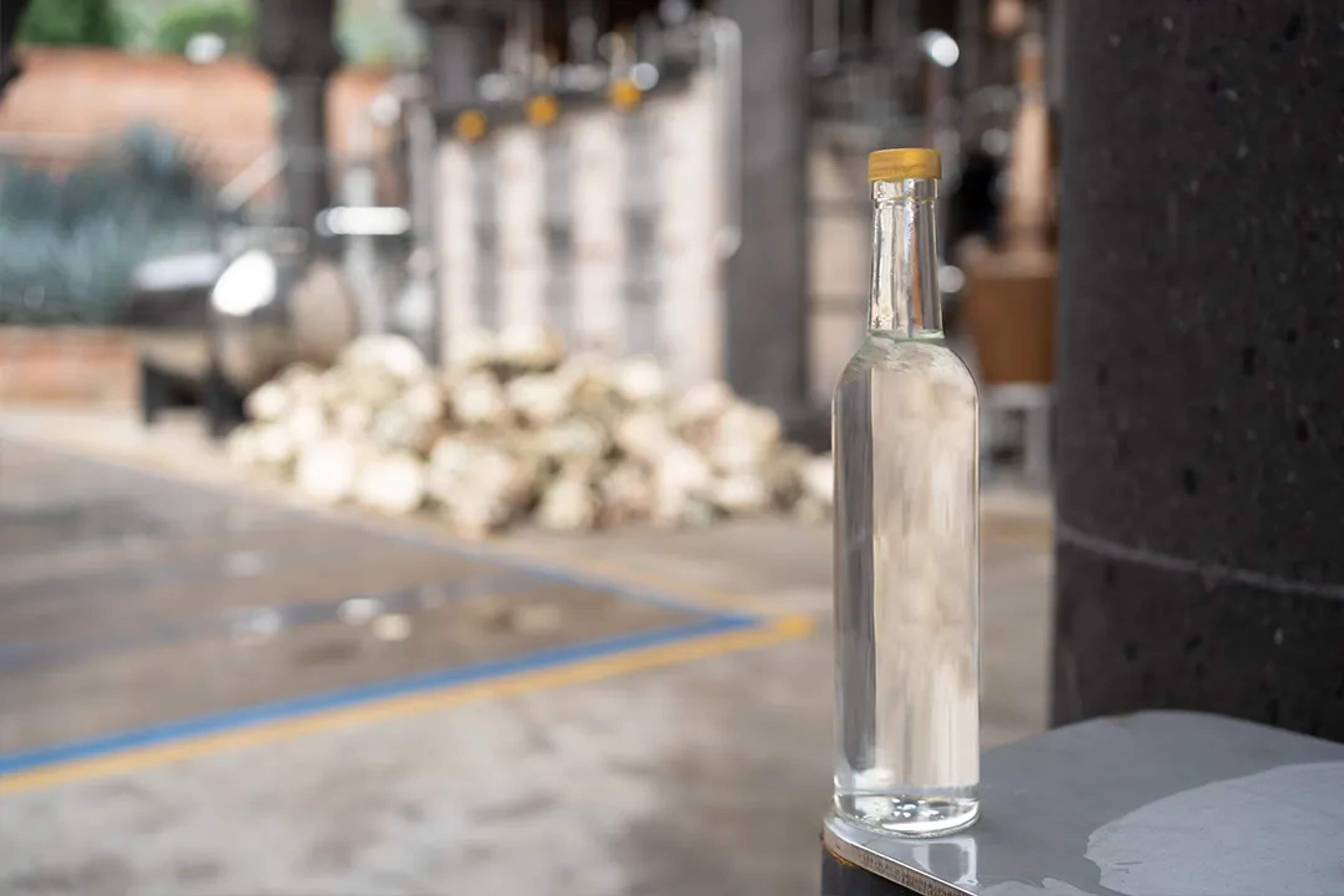
Produced from wild agave species and often using a combination of traditional and modern techniques, raicilla delivers a flavor profile that is as diverse as it is unique—combining earthy, smoky notes with tropical fruit flavors.
Much like tequila and mezcal, raicilla offers a taste of Mexican heritage, rooted in the landscapes and cultures of Jalisco's hidden corners. So, when you're in Puerto Vallarta, don't miss the opportunity to try this local specialty and experience the third pillar of Mexico's agave spirits.
Where to Taste in Puerto Vallarta
You don't need to leave town to explore Mexico's agave spectrum. Start at local restaurants and bars that offer guided flights with half-ounce pours, letting you compare a crisp blanco tequila to a smoky espadín mezcal without overwhelming your palate. Many venues highlight small-batch labels you won't find elsewhere, and staff are happy to explain production methods and regional differences.
Plan your evening like any adventure. Arrange transportation before the first pour, and remember that authentic distillery experiences sit hours outside the city. A guided tour handles the logistics for these full-day trips, so you can focus on savoring every sip and still wake up ready for tomorrow's adventures.
Spotlight: Private Hacienda Jose Cuervo Tour
Picture leaving the coast at dawn for Mexico's heartland. The drive through Jalisco's highlands to the town of Tequila gives you time to relax while watching endless agave fields stretch toward distant volcanoes, building anticipation for the legendary Jose Cuervo hacienda.
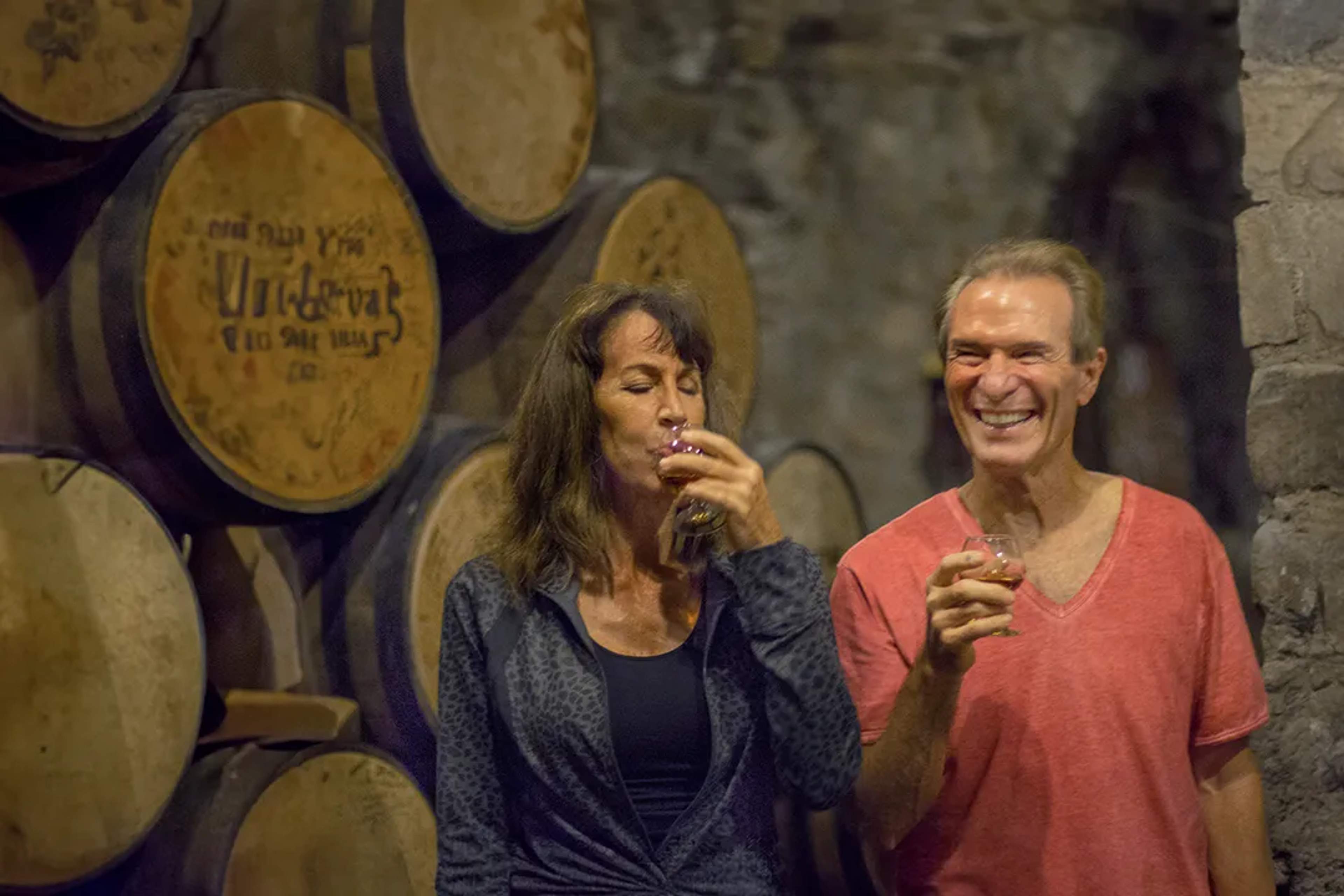
Your day begins with a walk through blue agave fields, where local jimadores demonstrate the traditional harvest that feeds Mexico's oldest distillery house. These skilled workers have been perfecting their craft for generations, using the same curved coa tool their grandfathers wielded.
Inside the historic distillery, copper stills work beside aging barrels in a process that hasn't changed much over centuries. A guided tasting lets you compare blanco, reposado, and extra añejo tequilas in the cellar, understanding how time transforms the spirit.
The highlight comes in the vaulted Reserva de la Familia cellar, where you'll sample premium expressions rarely poured outside the hacienda. The experience includes a leisurely Mexican lunch and time to craft your own personalized blend, bottled to take home as the ultimate souvenir.
Since Mexico's legal drinking age is 18, this experience is adults only. Professional guides handle all transport and logistics, so you can focus on enjoying this immersive day trip from Puerto Vallarta.
Savor Puerto Vallarta, One Sip at a Time
After guiding travelers through countless tastings around Puerto Vallarta, the choice becomes clear. Mezcal wins for variety and complexity—the range of agave species and traditional pit-roasting creates flavors you won't find anywhere else. Tequila takes the prize for consistency and accessibility, especially since its heartland sits right next door in Jalisco.
For those seeking the ultimate experience, our Private Hacienda Jose Cuervo Tour offers round-trip transport, exclusive cellar access, and the chance to create your own personalized blend. It's the most comprehensive way to understand tequila without the logistical hassle.
Whatever you choose, pace yourself and arrange safe transportation. Puerto Vallarta's vibrant nightlife gives you plenty of opportunities to toast your discoveries, but the real magic happens when you understand the centuries of tradition in every glass.
